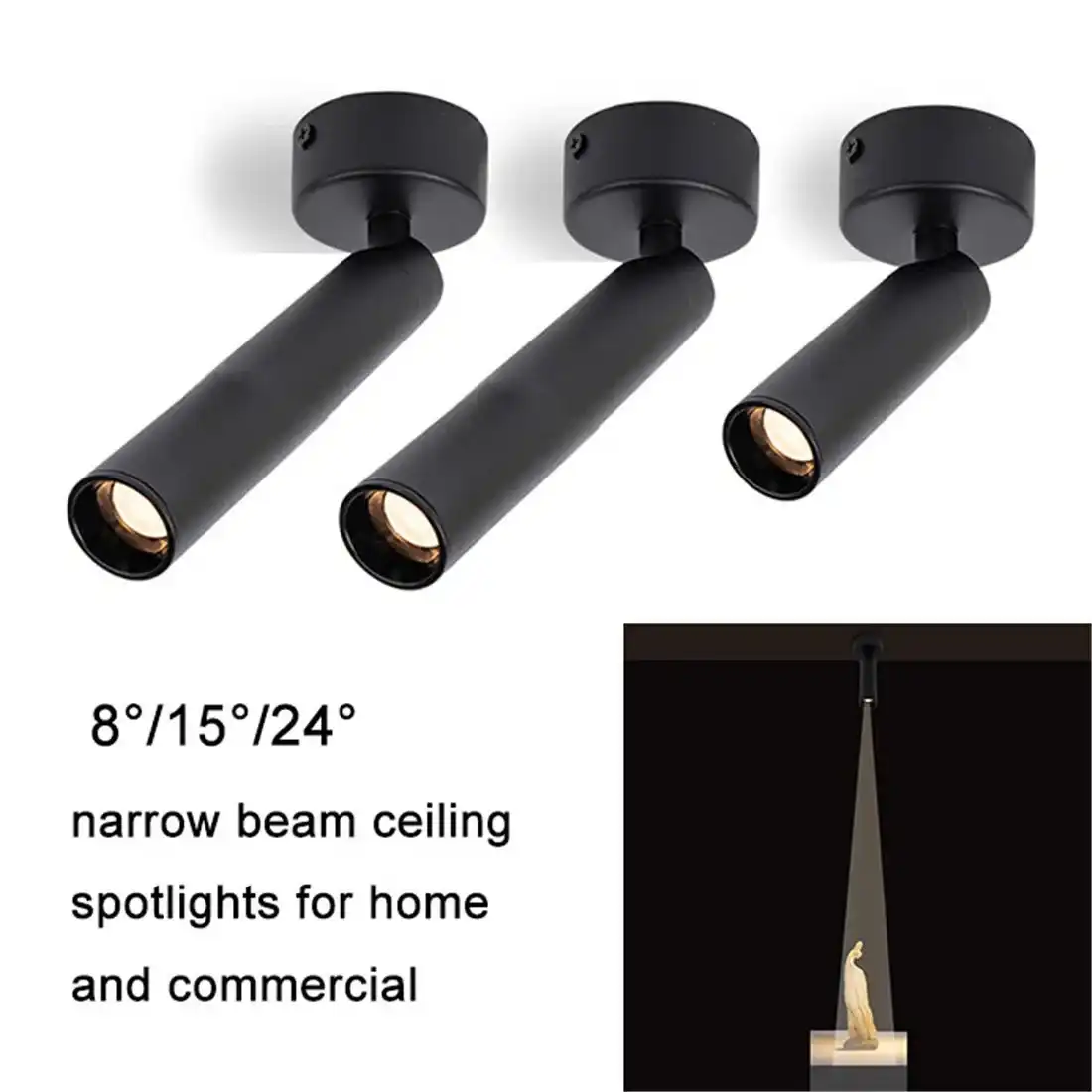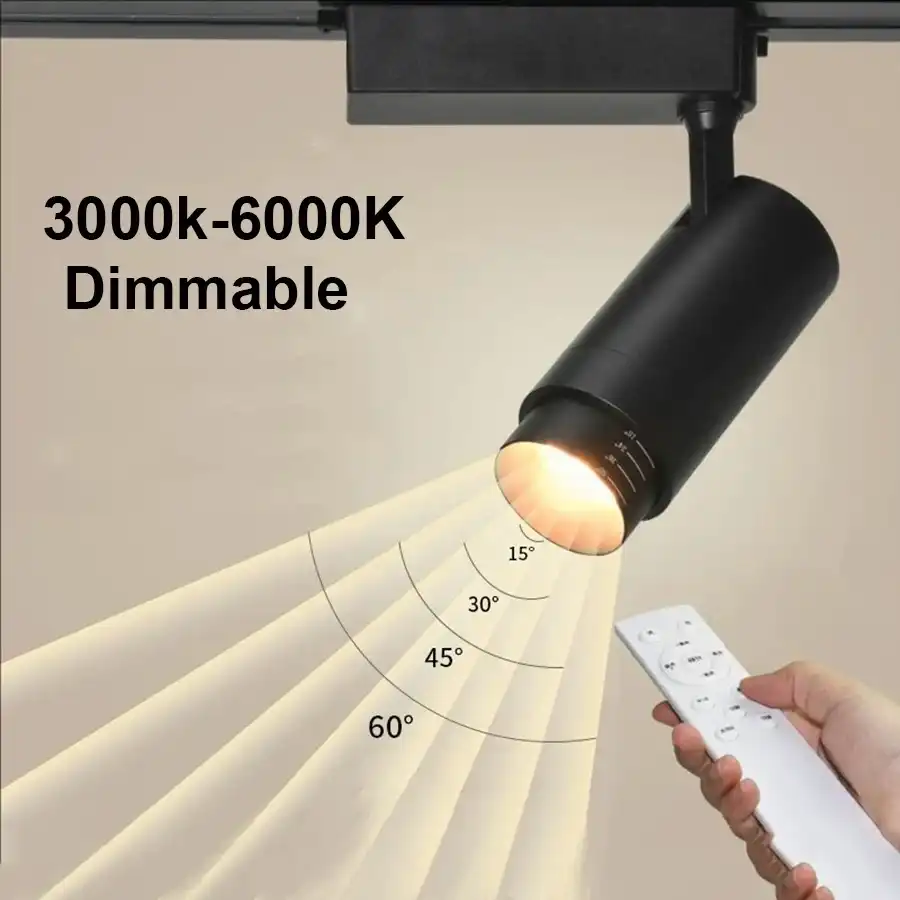What is the difference between downlights and recessed lights?
The terms "downlights" and "recessed lights" are often used interchangeably, but there is a subtle difference between the two. Downlights refer to any light fixture that directs illumination downward, while recessed lights are specifically installed into a ceiling or wall, creating a flush appearance. Recessed downlights combine both concepts – they are recessed fixtures that emit light downward. These versatile lighting solutions offer a sleek, modern look and provide focused illumination for various spaces. Understanding this distinction can help homeowners and designers make informed decisions when selecting lighting options for their projects.
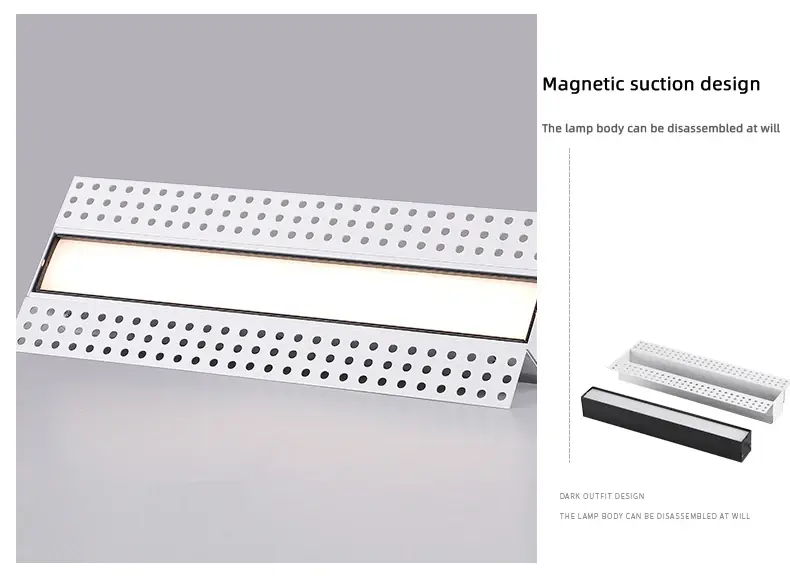
Grasping Recessed Downlights: Features and Benefits
What are Recessed Downlights?
Recessed downlights, also known as can lights or pot lights, are lighting fixtures installed into hollow openings in ceilings. These fixtures sit flush with the ceiling surface, creating a seamless and minimalist appearance. The light is directed downward, illuminating the space below with focused intensity. Recessed downlights have become increasingly popular in both residential and commercial settings due to their versatility and aesthetic appeal.
Key Features of Recessed Downlights
Recessed downlights boast several key features that make them a preferred choice for many lighting applications:
- Sleek Design: The flush installation creates a clean, uncluttered look in any room.
- Directional Lighting: The downward-facing beam provides focused illumination for specific areas or tasks.
- Customizable Options: Available in various sizes, trim styles, and color temperatures to suit different design preferences.
- Energy Efficiency: Many modern recessed downlights use LED technology, offering significant energy savings compared to traditional lighting options.
- Dimmability: Most recessed downlights can be paired with dimmer switches for adjustable lighting levels.
Benefits of Using Recessed Downlights
Incorporating recessed downlights into your lighting design offers numerous advantages:
- Space-Saving: The recessed nature of these fixtures doesn't intrude on headroom, making them ideal for low ceilings or small spaces.
- Versatility: Suitable for various applications, from ambient lighting to accent or task lighting.
- Enhanced Room Aesthetics: Creates a modern, streamlined look that complements various interior styles.
- Improved Light Distribution: Provides even illumination across a room, reducing shadows and dark spots.
- Increased Property Value: The modern appeal of recessed downlights can boost the perceived value of a property.
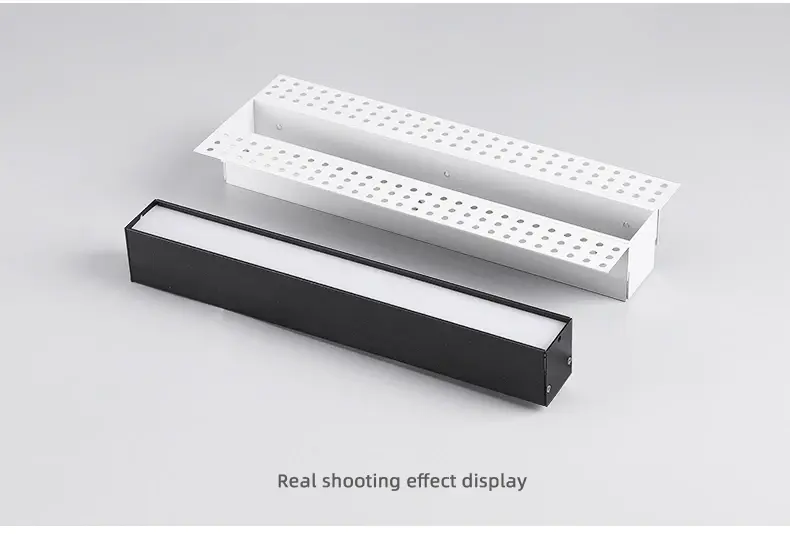
Installation and Placement Considerations for Recessed Downlights
Proper Installation Techniques
Installing recessed downlights requires careful planning and execution to ensure optimal performance and safety. Here are some key considerations:
- Ceiling Type: Determine whether your ceiling is insulated or non-insulated, as this will affect the type of fixtures you can use.
- Electrical Requirements: Ensure your home's electrical system can support the additional load of recessed lighting.
- Housing Selection: Choose between new construction or remodel housing based on your project type.
- Proper Spacing: Calculate the appropriate distance between fixtures to achieve even illumination.
- Moisture Resistance: For bathrooms or outdoor areas, select fixtures rated for damp or wet locations.
Strategic Placement for Optimal Lighting
The effectiveness of recessed downlights largely depends on their placement within a room. Consider these placement strategies:
- Task Lighting: Install fixtures directly above work areas in kitchens, home offices, or craft rooms.
- Accent Lighting: Use recessed downlights to highlight artwork, architectural features, or display areas.
- General Illumination: Space fixtures evenly across the ceiling for consistent ambient lighting.
- Wall Washing: Position lights close to walls to create a soft, even glow that enhances the perception of space.
- Layered Lighting: Combine recessed downlights with other lighting types for a well-balanced lighting scheme.
Common Installation Mistakes to Avoid
To ensure the best results with your recessed downlight installation, be aware of these common pitfalls:
- Overcrowding: Installing too many fixtures can create a "swiss cheese" effect on the ceiling.
- Improper Sizing: Choosing fixtures that are too large or small for the space can affect both aesthetics and functionality.
- Ignoring Insulation: Failing to use IC-rated fixtures in insulated ceilings can pose a fire hazard.
- Neglecting Vapor Barriers: In moist areas, not using proper vapor barriers can lead to condensation issues.
- Overlooking Beam Spread: Not considering the beam angle can result in inadequate or uneven lighting coverage.
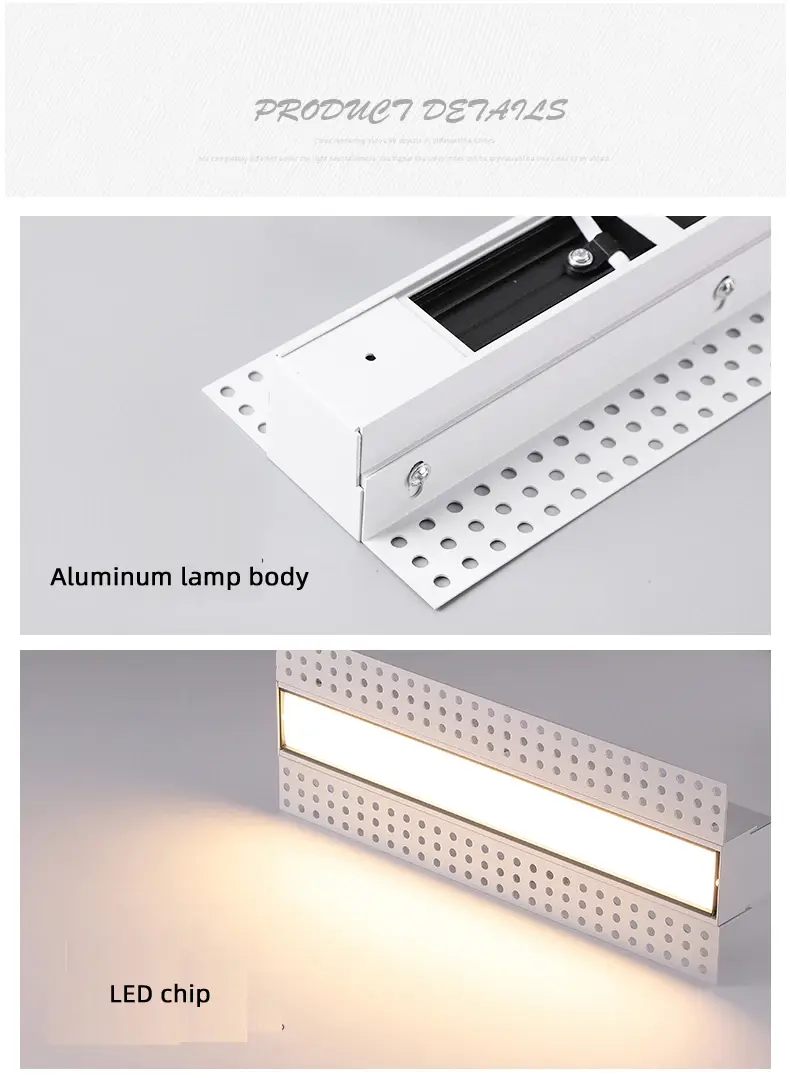
Choosing the Right Recessed Downlights for Your Space
Factors to Consider When Selecting Recessed Downlights
Choosing the appropriate recessed downlights for your space involves considering several factors:
- Room Function: Different spaces require varying levels of brightness and color temperatures.
- Ceiling Height: This affects the beam spread and intensity needed for effective illumination.
- Trim Style: Select a trim that complements your interior design aesthetic.
- Color Temperature: Choose between warm (2700K-3000K), neutral (3500K-4000K), or cool (5000K-6500K) light based on the room's purpose and ambiance.
- Energy Efficiency: Look for ENERGY STAR certified fixtures for optimal energy savings.
LED vs. Traditional Recessed Downlights
When choosing recessed downlights, you'll often have to decide between LED and traditional options:
- Energy Efficiency: LED downlights consume significantly less energy than traditional incandescent or halogen options.
- Lifespan: LED fixtures typically last much longer, reducing the need for frequent replacements.
- Heat Output: LEDs generate less heat, making them safer and more comfortable in living spaces.
- Color Options: LED technology offers a wider range of color temperatures and even color-changing capabilities.
- Initial Cost: While LEDs may have a higher upfront cost, their long-term energy savings often outweigh this initial investment.
Matching Recessed Downlights to Your Interior Design
Recessed downlights can enhance your interior design when chosen thoughtfully:
- Trim Finishes: Select trims that match or complement other fixtures and hardware in the room.
- Size Consistency: Use the same size fixtures throughout a space for a cohesive look.
- Adjustable Options: Consider adjustable or gimbal trims for added flexibility in directing light.
- Smart Integration: Explore smart recessed downlights that can be controlled via smartphone apps or voice commands for a modern touch.
- Decorative Trims: For a more ornate look, consider decorative trims that add visual interest to the ceiling.
Conclusion
Recessed downlights offer a versatile and aesthetically pleasing lighting solution for various spaces. By understanding their features, installation requirements, and selection criteria, you can make informed decisions that enhance both the functionality and ambiance of your home or commercial space.
Whether you're renovating an existing room or designing a new space, recessed downlights provide a sleek, modern lighting option that can be tailored to your specific needs and design preferences. For expert advice on selecting the perfect recessed downlights for your project, don't hesitate to reach out to our team at sales@uskyled.com.
References
1. Smith, J. (2022). The Complete Guide to Recessed Lighting. Lighting Design Magazine, 45(3), 78-85.
2. Johnson, A. & Brown, T. (2021). Energy Efficiency in Modern Lighting: A Comprehensive Study. Journal of Sustainable Architecture, 17(2), 112-128.
3. Williams, E. (2023). Recessed vs. Surface-Mounted Lighting: A Comparative Analysis. Home Design Quarterly, 89, 34-41.
4. Lee, S. et al. (2022). The Impact of Lighting on Interior Aesthetics and Property Value. Real Estate and Design Journal, 33(4), 201-215.
5. Garcia, M. & Patel, R. (2023). LED Technology Advancements in Recessed Lighting Applications. International Journal of Lighting Research and Technology, 55(1), 67-82.

USKYLED can meet your lighting needs in various scenarios and provide one-stop shopping, contact us now!
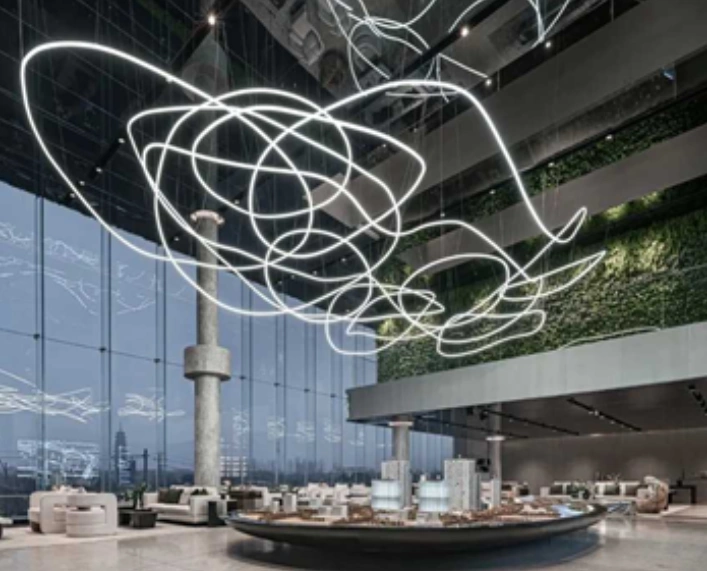
Why You Should Choose USKYLED?
![What is Dimmable Track Lighting for Museum: Best Guide [2025]](/icms/upload/0d08cc601e7611f0b542b3ca0c0f4a83/pic/knowledgemanager-knowledgepic/e7879f32605f11f081911f363b8c1ed0/Directory/20250717 dimmable track lighting -1(1)_1752739217941.webp)
